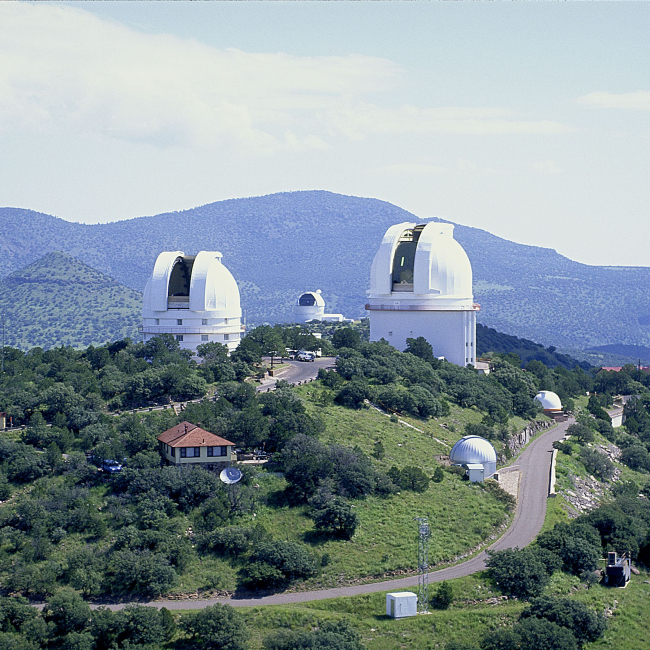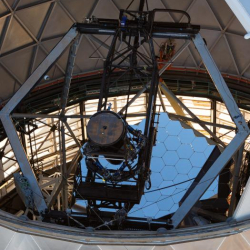McDonald Observatory
Sobre "McDonald Observatory"
The McDonald Observatory, located in West Texas, is one of the United States' most important astronomical centers. It is part of the University of Texas at Austin and houses a variety of cutting-edge telescopes specialized in both optical and solar observations. Since its founding in 1939, the observatory has been a leader in astronomical research, contributing significantly to the advancement of our understanding of the universe.
Among its key instruments is the Hobby-Eberly Telescope (HET), one of the largest optical telescopes in the world, designed for spectroscopic studies of galaxies, stars, and dark energy. The observatory also features solar telescopes like the McMath-Pierce Solar Telescope, enabling detailed observations of solar phenomena, such as sunspots and solar flares. These instruments make the McDonald Observatory ideal for both daytime and nighttime research.
The observatory is renowned for its public outreach programs, including public tours and star parties. Astronomers at McDonald collaborate on large-scale international projects, such as HETDEX (Hobby-Eberly Telescope Dark Energy Experiment), which explores dark energy. This collaborative approach, along with access to advanced technologies, positions the McDonald Observatory as a global leader in astronomical research and a beacon for science education and public engagement.




